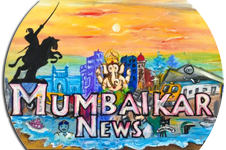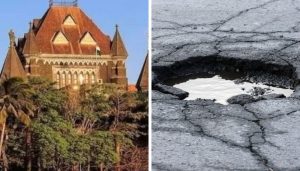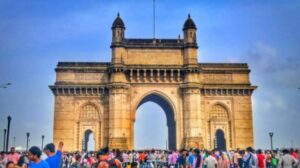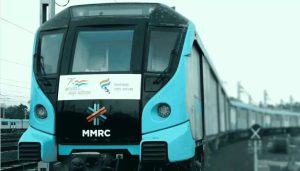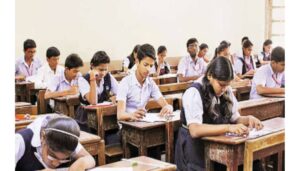Inside Mumbai’s Dharavi: Going Beyond the Slumdog Story
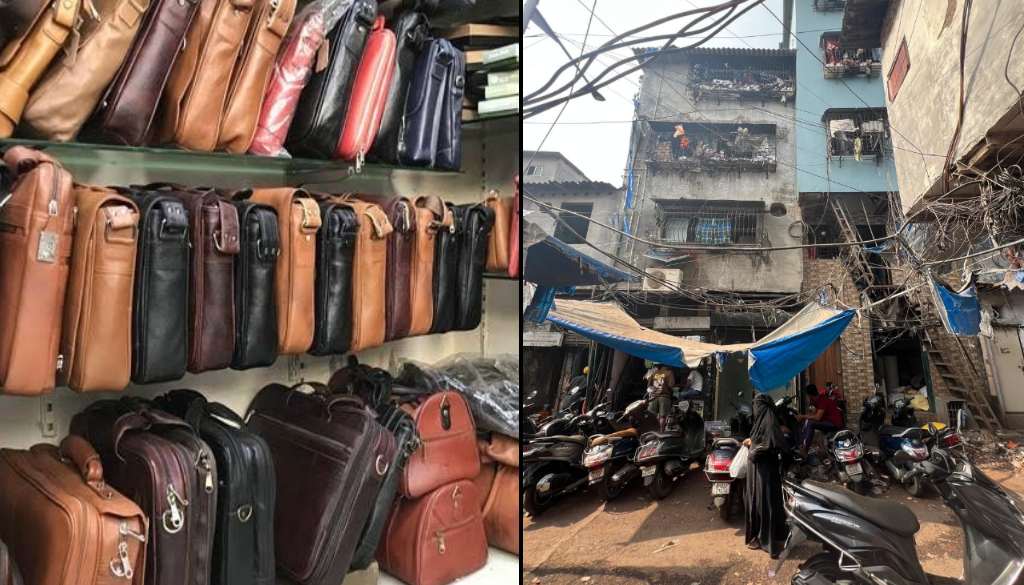
Reported by Disha Tandon
Mumbai, 28th November 2024: Most people on hearing the word “Dharavi,” immediately think of poverty, overpopulation, and struggle. Popular media, especially films like Slumdog Millionaire, has cemented this one-dimensional image. But Dharavi, Asia’s largest slum, is far more complex and inspiring than what these depictions suggest. It is a dynamic city within a city brimming with small-scale and large-scale industries, resilience, and a spirit of togetherness that is hard to match.
For anyone seeking to really see this hub of India’s urbanization, a guided tour through Dharavi reveals a world that defies stereotypes and celebrates the innovation and determination of its residents.
The Gateway
My journey took me straight to the entrance of Dharavi’s at Mahim West railway station. My guide cheerfully greeted me as I embarked on an intriguing journey by one of the local tour companies that supports students through employment and confidence-building, a locals-run venture to ensure that tourists visit Dharavi in respect and meaning.
It was simple but of great importance: no intrusive photography, no judgments, and the utmost respect for the residents. The tour promised to be more than a walk-through narrow alley-it would be an invitation to witness the triumph of human spirit over adversity.
Dharavi can be branded a “slum,” but the streets speak otherwise. Cement homes in rows, mini-shops, and numerous alleys weave a tapestry that looks like life’s disorganized chaos at its best. What could seem intimidating at first glance quickly changes to admiration for the resourcefulness of its residents.
A Hub of Thriving Industries
Dharavi is not only a living space; it is also a booming industrial zone. With thousands of micro- and small-scale enterprises churning out an estimated $1 billion each year, it is a mini-empire of economic activity. The industries here are a hallmark of human creativity – transforming scrap into products cherished across the world.
Plastic Recycling
One of Dharavi’s most remarkable contributions is its role in recycling. Nearly 80% of Mumbai’s plastic waste is processed here. What begins as discarded trash is sorted, cleaned, and transformed into valuable raw material.
While passing along the recycling lanes, it is evident that labourers sort plastics not just by color but also by quality before shredding the items into flakes. The flakes are washed, dried, melted, and reshaped back to small pellets, and sold at high prices to manufacturers. This process is very efficient, and year after year of their work, they have enhanced their skills.
Even the recycling equipment of Dharavi is assembled on local grounds, highlighting the resourcefulness of the community. The whole set-up can be a model for sustainability, though it is conducted under difficult circumstances.
Leather Goods
The leather industry is the other feather in its cap. Known for producing good-quality leather products, these small-scale workshops cater to both domestic and international markets. The process begins with the treatment of raw animal hides, followed by dyeing, cutting, and assembling them into wallets, belts, and bags.
One of the proud showcases had bags stamped with a “Made in Dharavi” sign-a nod to the community’s pride at their work. The global reach of its leather goods, therefore, underlines its immense contribution to the economy of Mumbai.
Pottery: Preserving Traditions
Amid the modern industries, Kumbharwada, i.e. pottery colony offers a glimpse of its cultural heritage. Using traditional potter’s wheels and kilns fuelled by scrap cloth from textile units, artisans create beautiful earthenware. Dharavi is also the largest supplier of flower pots in Mumbai, proving that even traditional crafts have a significant market.
The Life Within
Lakhs of people crowd into just 2.5 square kilometers in Dharavi, but somehow, instead of chaos, there’s an incredible sense of order and community. The name Dharavi itself is derived from the words dhara (flow of water) and ravi (sun), reflecting the life and vitality that flow through alleys.
There are residential lanes comprising humbling homes some of which work as offices. Families live together here, with hardly any such comfort and resources but somehow the community fosters a sense of brotherhood. Neighbours share food and help each other during difficult times, thus forming a close-knit community.
Education
Education is very important in Dharavi. With almost 60 schools, including private institutions, young residents here are catered for. Government incentives like free uniforms, books, and midday meals have encouraged attendance.
The outcome? An increase in literacy rate in children. These are students who learn in Hindi, Marathi, and English that helps them navigate chances beyond their realities. For them, education is their way out of the poverty cycle and towards a better future.
The Harsh Contrasts
Dharavi’s central location in Mumbai makes it prime real estate, with high costing roughly around Rs 1 crore. The disparity is glaring. The industrial activities in Dharavi generate more than 1 billion in turnover per year, yet most of that wealth does not filter down to the workers. The workforce is predominantly migrant immigrants who come from Bihar, UP, Jharkhand and Northeastern states living above their workshops and sending their earnings back to their homes.
Redevelopment plans that were envisioned have been opposed over and again by the community. It is not only their home, but also their means of survival from their industries; redevelopment plans rarely suffice to allow for their industries, which are the backbone of the area’s survival.
Dharavi survives based on a mix of living and working spaces that conventional urban planning cannot reproduce.
Getting Beyond the Stereotype
The area is not a caricature existing in a movie like Slumdog Millionaire. Many residents took offense to the term “slumdog,” and the movie itself was shot largely outside Dharavi. The real Dharavi is quite the opposite: a thriving, self-sustaining community that defies labelling. A sight testifying to its diversity is Hindus, Muslims, Christians, and Buddhists existing together.
Lessons Learnt
Perhaps the most powerful take away from Dharavi, however, lies in its spirit of adaptation and innovation. Many of the industries here overlap, creating this self-sustaining ecosystem where one person’s waste becomes another’s resource: Residents may have tough lives but their competence and sense of community allow them to live well.
Narrow alleys filled with children playing cricket. Women converse over cups of chai in the dusty squares. Or artisans fall deep in love with their crafts. Life in Dharavi is a celebration of perseverance and potential.
Why You Should Visit Dharavi
Dharavi is not a poverty tourism destination or mere gawking at hardship. It’s about understanding the human capacity to overcome challenges through resilience and creativity. With the tours conducted by local guides, most of the profits go to the slum dwellers.
For around 1.5 thousand rupees, take a tour that will leave you with more than just memories: it will change the way you look at slums. You’ll walk away inspired by Dharavi’s ability to find opportunity and strength in adversity.
So, the next time you are in Mumbai, don’t just look at Dharavi from a distance; step inside, walk through its busy lanes, and see for yourself the amazing potential of ordinary people. It’s not just a slum; it is testimony to human resilience, innovation, and the power of community.
